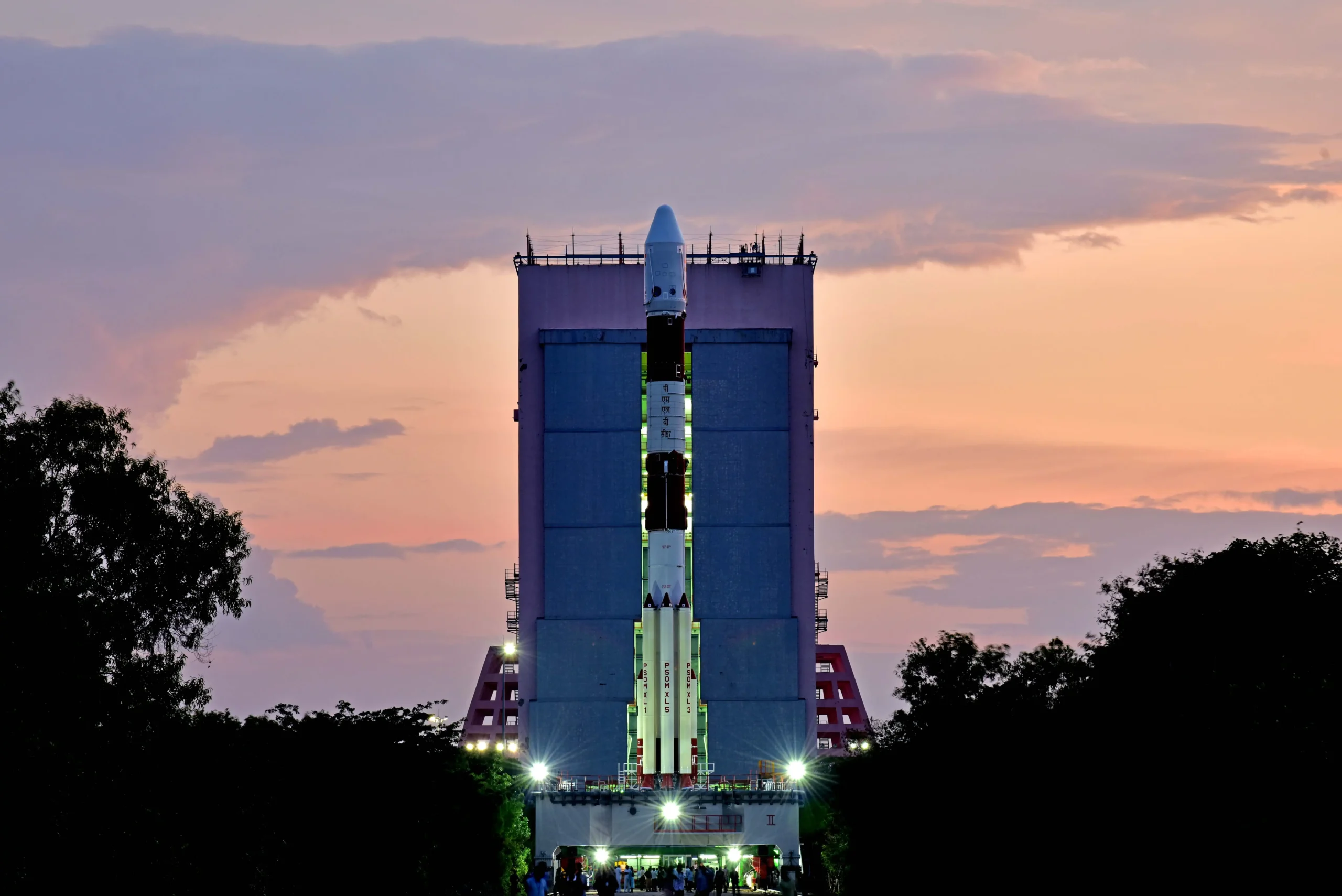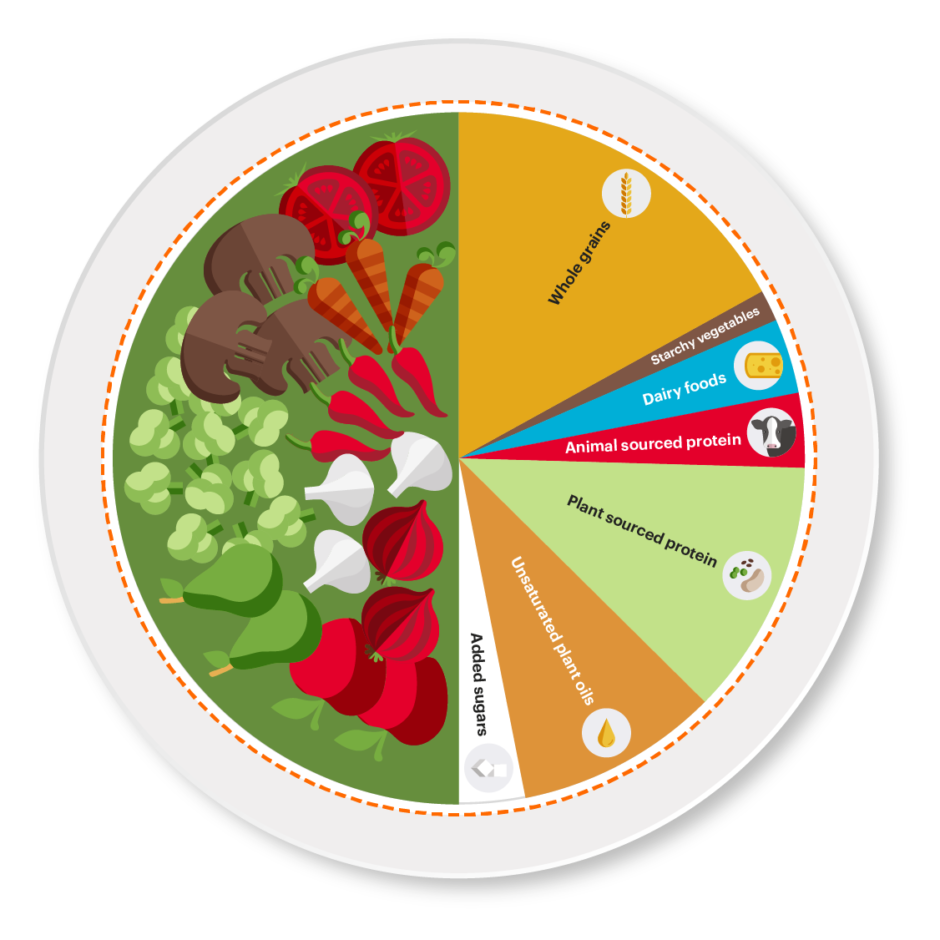The satellite will operate in a ‘halo’ orbit around the sun and act as a solar observatory
ISRO’s Aditya-L1, launched on September 2, 2023, to study the Sun, specifically the photosphere, chromosphere, and corona of Sun, has commenced its journey to its final destination, the Sun-Earth Lagrange’s Point 1 (L1), on September 18, 2023.
Lagrange points, also known as libration points, are unique locations in space where the gravitational force of two massive bodies (like Sun and Earth) precisely equals the centripetal force required for a small object (like spacecraft) to move with them. This makes Lagrange points an excellent location for spacecrafts as orbit corrections and hence fuel requirements, needed to maintain the desired orbit, are kept at a minimum. These orbits are well-suited for scientific missions like Aditya which will act like a solar observatory around L1 and communication to Earth.
Aditya-L1 will operate in a ‘Halo orbit’ around the Sun-Earth L1 point, located approximately 1.5 million kilometers from Earth. Halo orbits are periodic, three-dimensional orbits around a Lagrange Point.
Past missions that have utilized the Sun-Earth L1 point, including the International Sun-Earth Explorer (ISEE-3), the Genesis mission, ESA’s LISA Pathfinder, China’s Chang’e 5 lunar orbiter, and NASA’s Gravity Recovery and Interior Recovery (GRAIL) mission
– ISRO
Various past missions have utilized the Sun-Earth L1 point, including the International Sun-Earth Explorer (ISEE-3), the Genesis mission, ESA’s LISA Pathfinder, China’s Chang’e 5 lunar orbiter, and NASA’s Gravity Recovery and Interior Recovery (GRAIL) mission. These missions have contributed to our understanding of space and our ability to monitor space weather events.
Several operational spacecrafts are currently stationed at the Sun-Earth L1 point as provided in table-1. These spacecraft at Sun-Earth L1 point provide vital early warnings on adverse space weather events that help protect orbiting space assets and ground-based infrastructure.
Earlier, the Supra Thermal & Energetic Particle Spectrometer (STEPS) instrument, a part of the Aditya Solar Wind Particle Experiment (ASPEX) payload, had begun the collection of scientific data from September 18, 2023.
STEPS comprises six sensors, each observing in different directions and measuring supra-thermal and energetic ions ranging from 20 keV/nucleon to 5 MeV/nucleon, in addition to electrons exceeding 1 MeV. These measurements are conducted using low and high-energy particle spectrometers. The data collected during Earth’s orbits helps scientists to analyse the behaviour of particles surrounding the Earth, especially in the presence of the magnetic field of Earth.
STEPS was activated on September 10, 2023, at a distance greater than 50,000 km from Earth. This distance is equivalent to more than 8 times the Earth’s radius, placing it well beyond Earth’s radiation belt region. After completing the necessary instrument health checks, data collection continued until the spacecraft had moved farther than 50,000 km from Earth.
STEPS was developed by the Physical Research Laboratory (PRL) with support from the Space Application Centre (SAC) in Ahmedabad, according to a release.
Timeline of ISRO’s sojourn to the Sun
- September 02, 2023: India’s first solar observatory has begun its journey to the destination of Sun-Earth L1 point. The vehicle has placed the satellite precisely into its intended orbit. The launch of Aditya-L1 by PSLV-C57 is accomplished successfully
- September 03, 2023: The next maneuvre (EBN#2) was scheduled for September 5, 2023, around 03:00 Hrs. IST. The first Earth-bound maneuvre (EBN#1) performed successfully from ISTRAC, Bengaluru. The satellite was healthy and operating nominally.
- September 05, 2023: Second Earth-bound maneuvre (EBN#2) was performed successfully. The new orbit attained was 282 km x 40225 km.
- September 10, 2023: Third Earth-bound maneuvre (EBN#3) had also performed successfully. The new orbit attained was 296 km x 71767 km.
- September 15, 2023: Fourth Earth-bound maneuvre (EBN#4) performed successfully. The new orbit attained was 256 km x 121973 km.
- September 18, 2023: Aditya-L1 had commenced collection of scientific data
- September 19, 2023: The spacecraft began its journey to the Sun-Earth L1 point.
- September 25, 2023: Aditya-L1 began assessment of space situation surrounding Sun-Earth L1 point.



